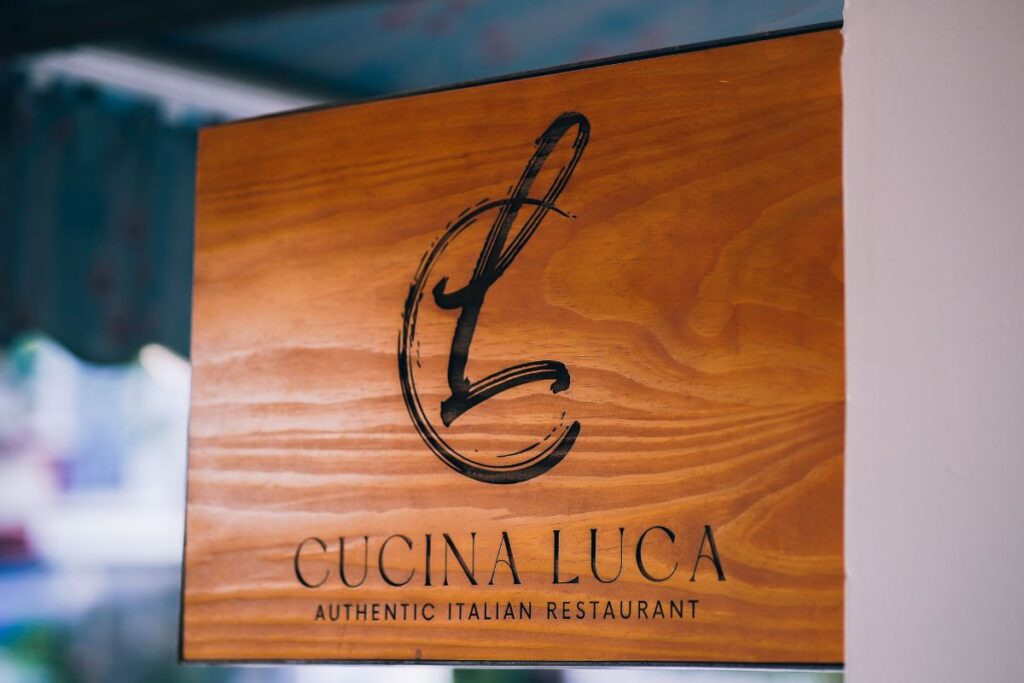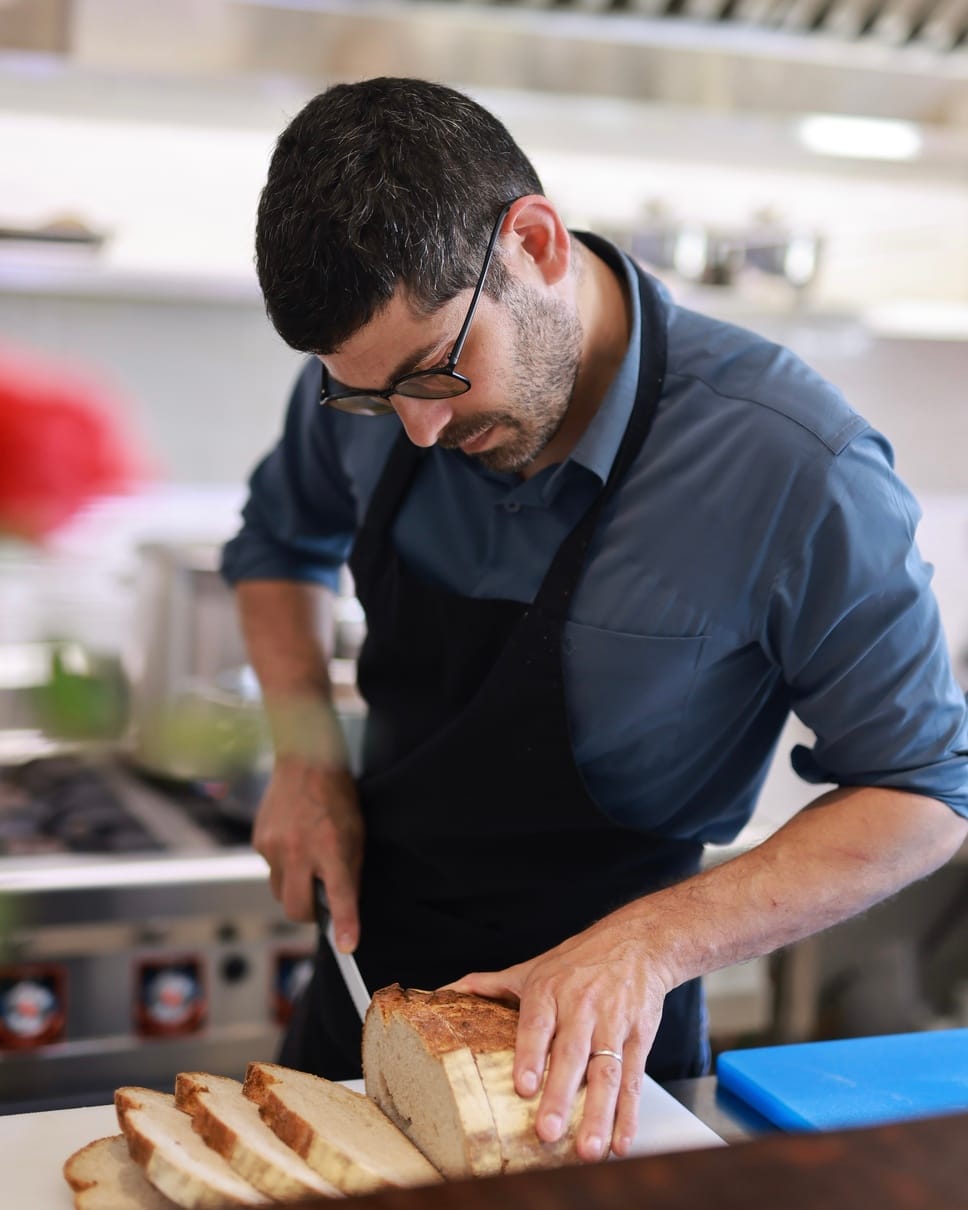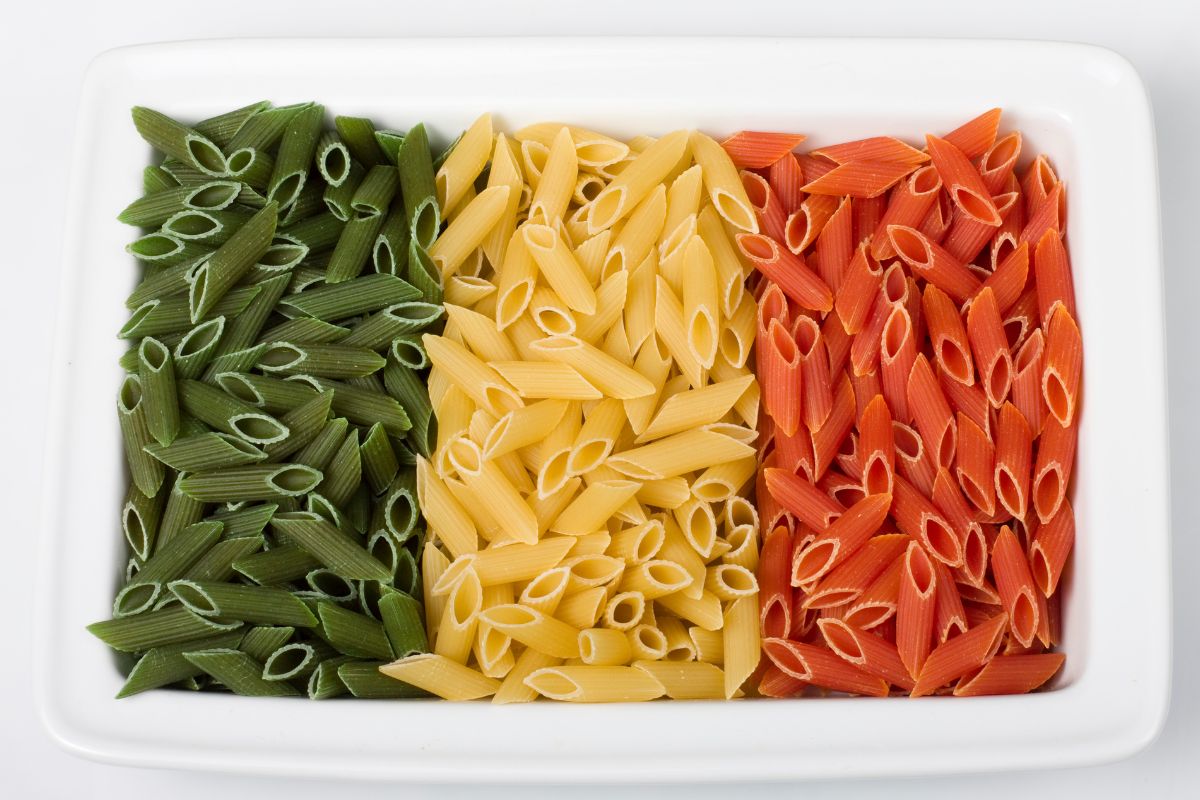
Italy is home to one of the world’s most cherished cuisines, known for dishes that are both comforting and iconic. From wood-fired pizzas to al dente spaghetti, fresh mozzarella, creamy gelato, and strong espresso, these flavors have made their way into kitchens and menus worldwide. Italian cuisine is all about balance: simple ingredients, rich flavors, and time-honored traditions, all deeply connected to the land, the seasons, and a true passion for food.
History of Italian Cuisine
The roots of Italian cuisine dates back to ancient Rome, where bold flavors like fẻmented fish sauce (garum), cumin, and pepper dominated – quite different from today’s dishes. Garlic and basil were rare, and silphium, a now-extinct fennel plant, was heavily used. Arab trade introduced citrus and spices, enriching Roman cooking.
Through Arab trade routes, Romans gained access to citrus and spices, expanding their already sophisticated culinary palette. But after the empire’s fall in 476 CE, medieval European cuisine became surprisingly uniform, more closely resembling today’s Southeast Asian food, with heavy use of spices and little regional distinction.
It wasn’t until the 15th century, with the arrival of New World ingredients like tomatoes, potatoes, corn, and cocoa, that Italian cuisine began to evolve into what we now recognize. Tomatoes, in particular, took time to catch on, only becoming common in Italian kitchens by the late 1600s.
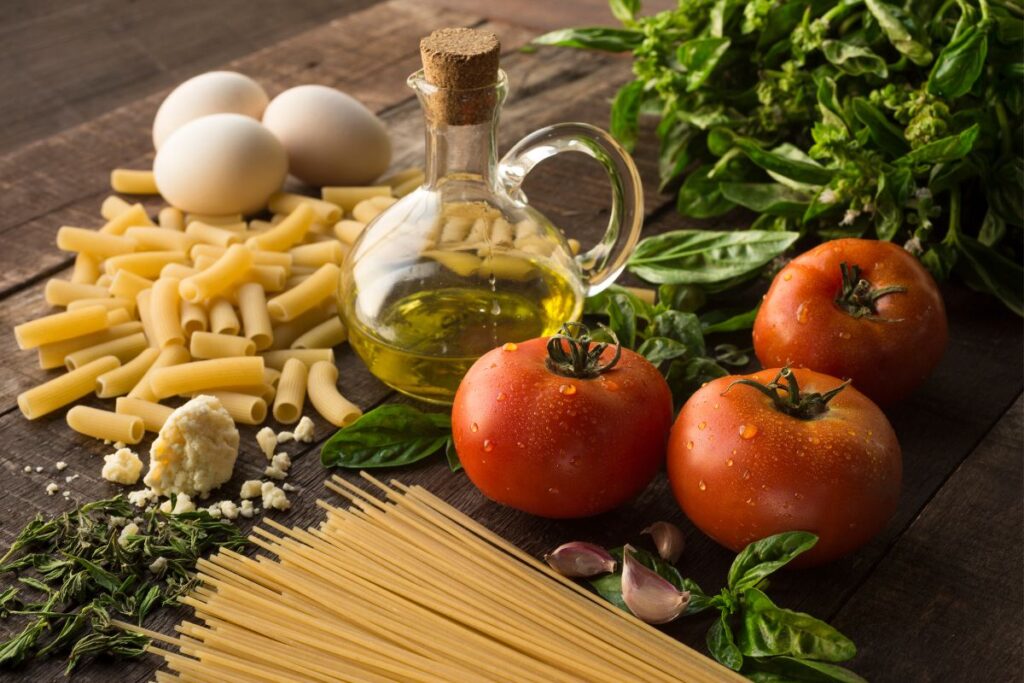
What Makes Italian Cuisine So Unique?
Simple Ingredients yet Complex Flavors
At the heart of Italian cooking is olive oil – used for everything from sautéing to dressing salads. It’s a staple in nearly every dish and sets the foundation for flavor. Paired with balsamic vinegar, especially from Modena, it creates a balance of richness and acidity that’s uniquely Italian.
Fresh herbs like basil and oregano bring brightness, while onions and tomatoes build depth and sweetness, forming the base of countless sauces and stews. These ingredients, though common, are handled with care to highlight their natural character.
Red and white wines are often used not just for pairing but also in cooking, enhancing sauces and braises with subtle complexity. And of course, Italian cheeses – from Parmigiano Reggiano to mozzarella and ricotta – add richness, umami, and texture.
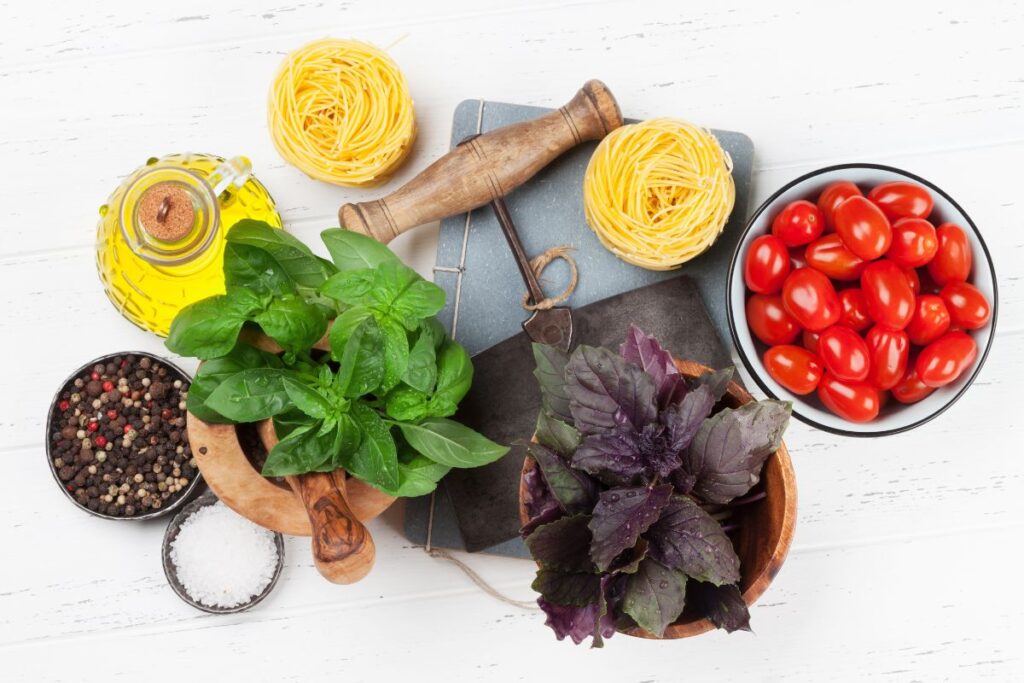
Distinct Regional Flavors
Traditional Italian cuisine identity is deeply regional, with each area offering signature dishes rooted in local ingredients and tradition. Here’s a taste of how regional’s famous Italian cuisine to bring Italy’s diversity to the plate:
Spaghetti alla Chitarra (Abruzzo)
This rustic pasta gets its name from the traditional stringed tool used to cut it. Thicker than standard spaghetti, it’s often served with hearty meat-based sauces or lamb ragù, reflecting Abruzzo’s mountain cuisine – simple, bold, and comforting.
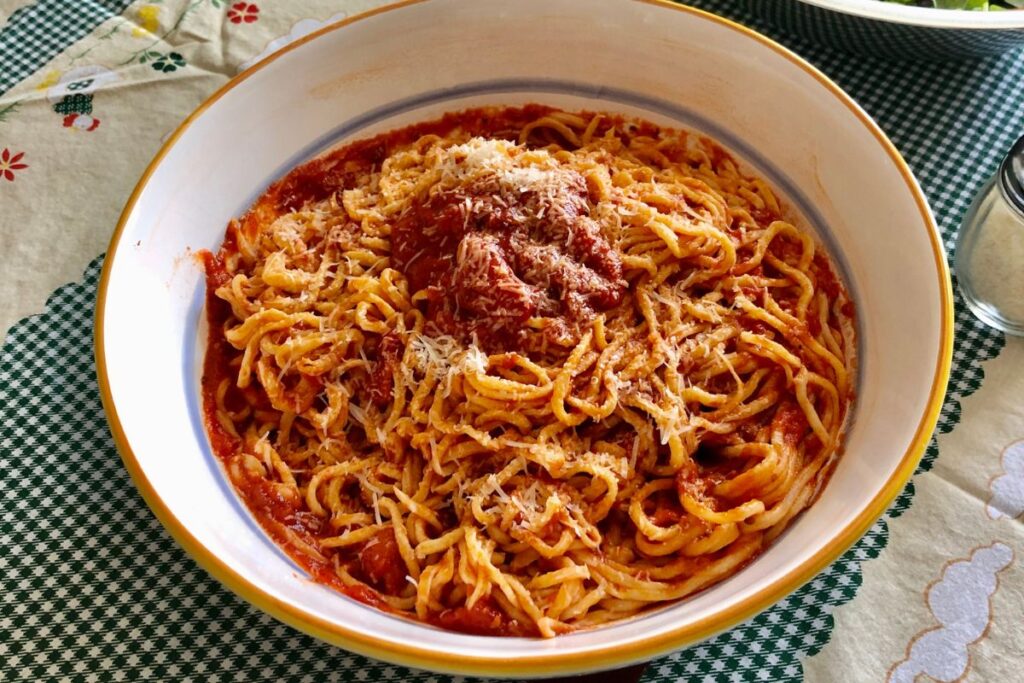
Read more: Types of pasta in Cucina Restaurant
Pesto (Liguria)
Originating in the coastal region of Liguria, pesto is a vibrant green sauce made with fresh basil, pine nuts, garlic, Parmigiano, and olive oil. It’s most commonly tossed with trofie or trenette pasta, capturing the freshness of the region’s herbs and sea breeze.
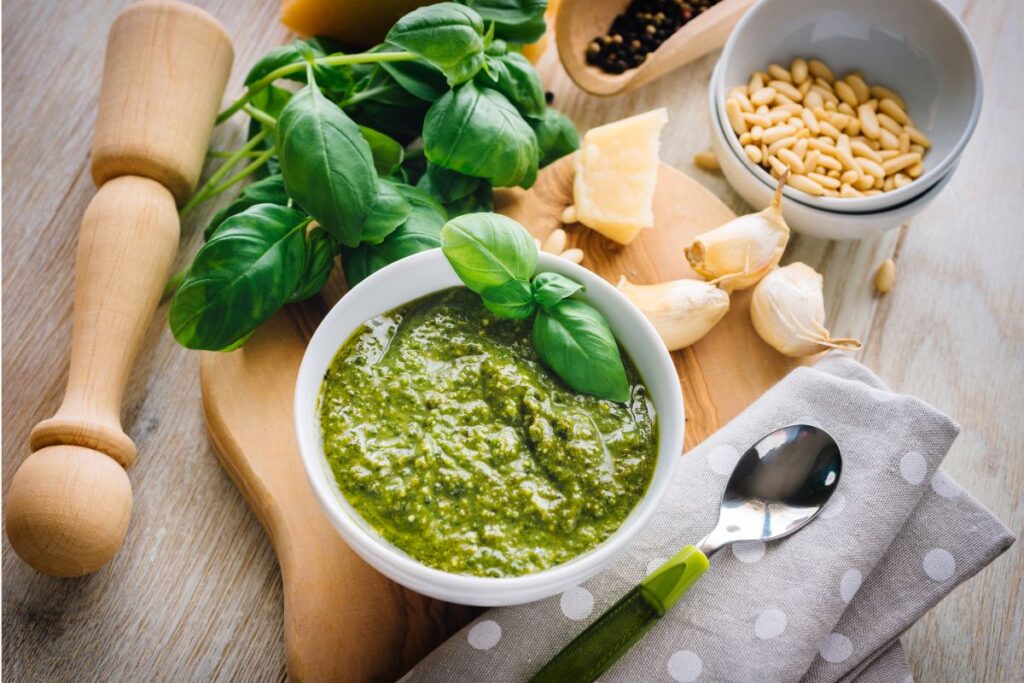
Pizza (Campania)
Naples, in Campania, is the birthplace of pizza. The classic Margherita – topped with tomato, mozzarella, and basil – is a tribute to Italian colors and flavors. The dough is soft, the crust is charred, and every bite reflects Campania’s rich food culture.

Risotto (Lombardy)
Risotto is a creamy, comforting dish from northern Italy, especially Milan. Arborio or Carnaroli rice is slowly stirred with broth and finished with butter and cheese. Risotto alla Milanese, flavored with saffron, is Lombardy’s golden, luxurious take on this staple.
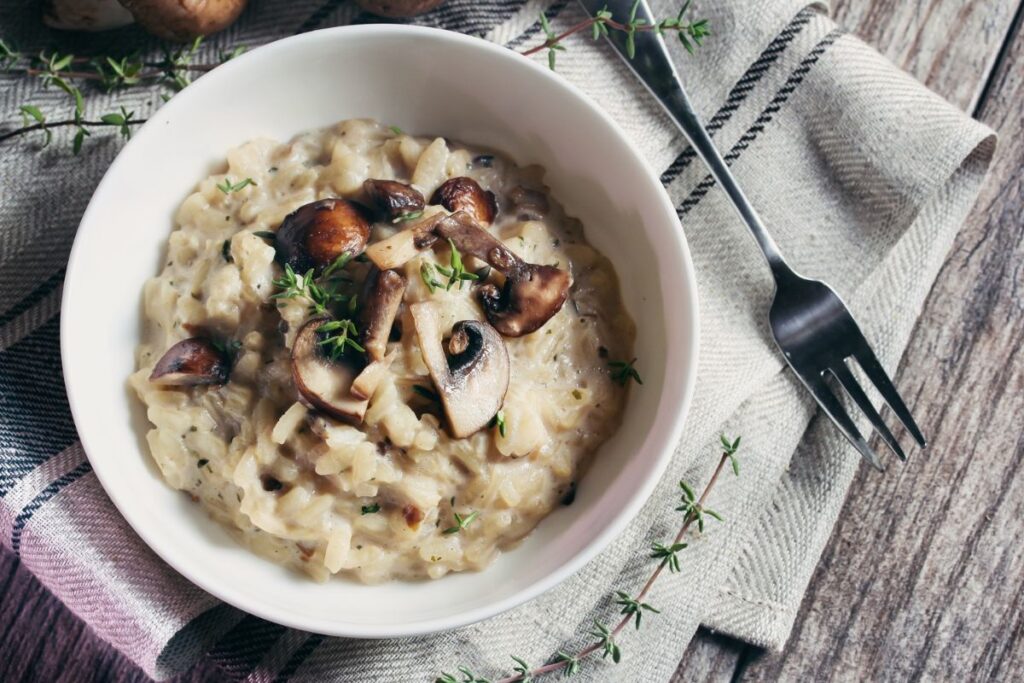
Carbonara (Lazio)
Hailing from Rome, carbonara is a rich pasta dish made with eggs, Pecorino Romano, guanciale, and black pepper – no cream involved. It’s known for its creamy texture and savory depth, making it a Roman classic with bold, satisfying flavors.
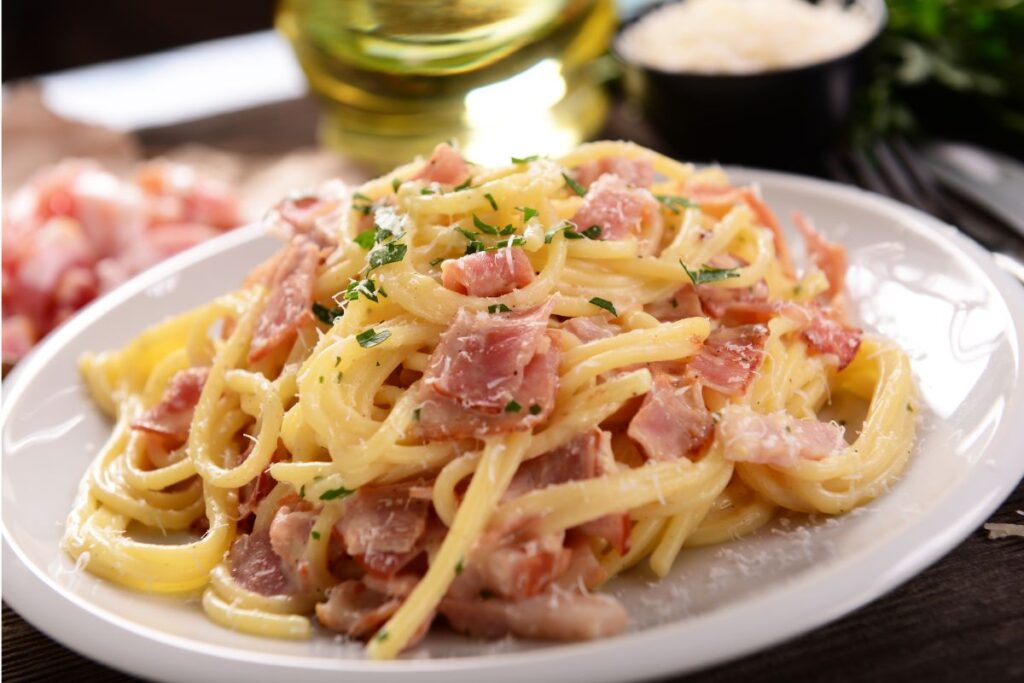
Lasagna (Bologna)
In Emilia-Romagna, particularly Bologna, lasagna is made with fresh egg pasta layered with ragù, béchamel, and Parmigiano. It’s hearty, indulgent, and a perfect expression of the region’s love for slow-cooked sauces and rich, layered textures.
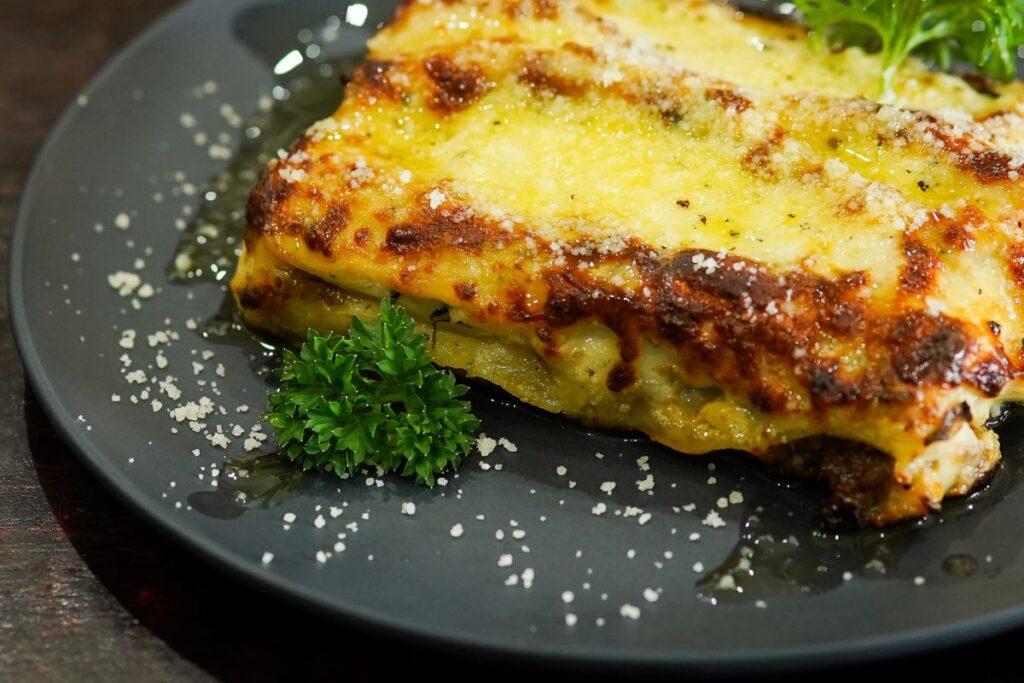
Italian Street Foods
Italian street food is as rich and varied as the country’s regions, offering quick, satisfying bites that reflect centuries of culinary tradition. These foods are simple, flavorful, and perfect for enjoying on the go – yet each carries a deep connection to its local roots.
Start your morning like an Italian with a cornetto – a flaky, buttery pastry similar to a croissant, often filled with jam, custard, or chocolate and enjoyed with a coffee. In Liguria, focaccia is a staple – soft, salty, and drizzled with olive oil, it’s eaten plain or topped with ingredients like rosemary, olives, or cheese.
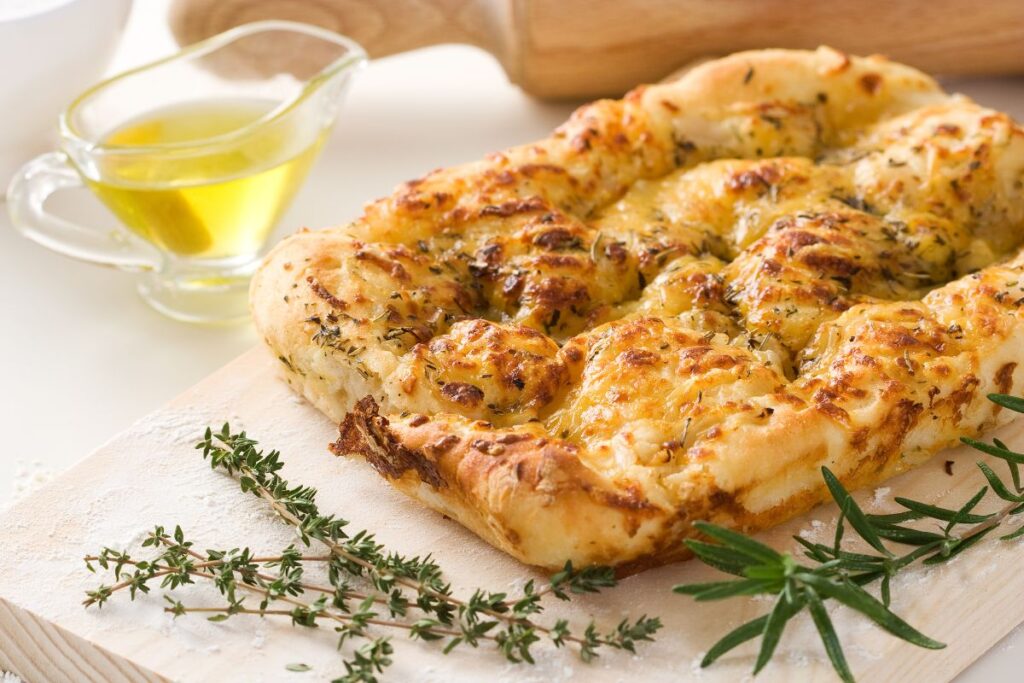
Another Ligurian classic is farinata, a thin, savory pancake made from chickpea flour, crisp on the edges and soft in the middle. Over in Sicily, sweet lovers flock to cannoli – crispy pastry shells filled with creamy ricotta and often studded with chocolate chips or candied fruit.
From savory to sweet, Italy’s street foods are rooted in tradition but designed for everyday life – simple pleasures that speak volumes about local flavor.
Cucina Luca: Bringing Authentic Italian Cuisine to Vietnam
Cucina Luca Restaurants brings the heart of Italy to Vietnam, serving authentic Italian cuisine made with passion and tradition. From handmade pasta and wood-fired pizza to rich sauces and classic desserts, every dish reflects true Italian flavor. With fresh ingredients and timeless Italian cuisine recipes, Cucina Luca offers a warm, inviting taste of Italy in every bite.
Visit Cucina Luca and experience the rich flavors of authentic Italian cuisine – right here in Vietnam.
